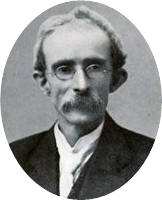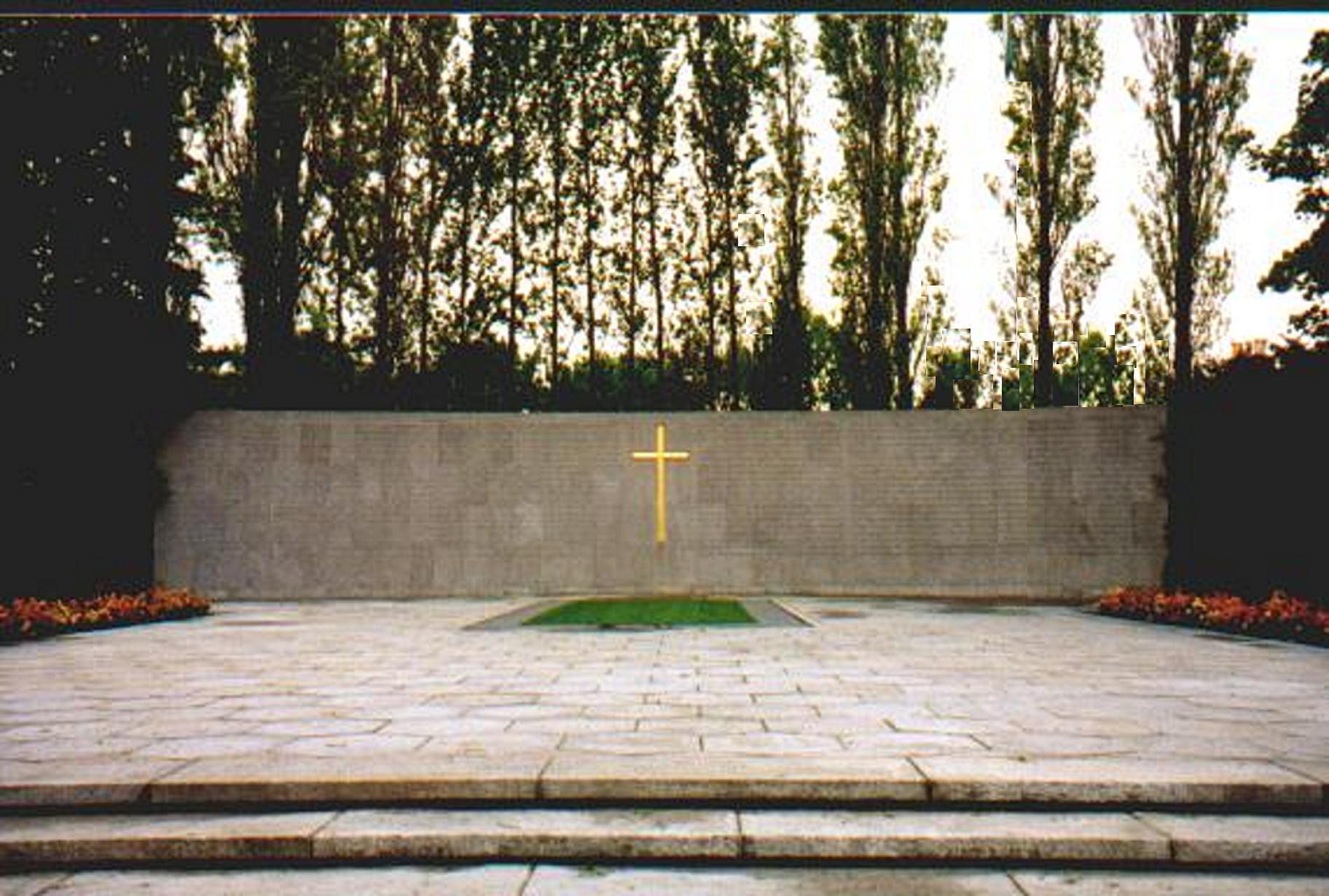|
Thomas James Clarke (1857-1916)
Irish Republican,
Fenian, Signatory of the Proclamation of the Republic
Member of Clan na Gael,
Executed
Leader of the 1916 Easter Rising.
 Thomas James Clarke was born in Hurst Castle, on the Isle of Wight of Irish parents in 1857. His father, James Clarke, was a sergeant in the British Army. Soon after his birth his father was transferred to South Africa where the family remained for the next ten years.
They returned to Ireland in 1867 and settled in Dungannon, Co. Tyrone. It was here that the young Clarke was first exposed to Irish history and the brutality of English rule and domination. As a result of his new found knowledge of Irish history and exposure to British atrocities he joined the Irish Republican Brotherhood (IRB) in 1880 to help rid Ireland of the British. Thomas James Clarke was born in Hurst Castle, on the Isle of Wight of Irish parents in 1857. His father, James Clarke, was a sergeant in the British Army. Soon after his birth his father was transferred to South Africa where the family remained for the next ten years.
They returned to Ireland in 1867 and settled in Dungannon, Co. Tyrone. It was here that the young Clarke was first exposed to Irish history and the brutality of English rule and domination. As a result of his new found knowledge of Irish history and exposure to British atrocities he joined the Irish Republican Brotherhood (IRB) in 1880 to help rid Ireland of the British.
As did many other young Irishmen and women of that time Clarke realized that Ireland under English rule had little to offer other than enlistment in their army of occupation. Instead of following in his father's footsteps he choose the emigration route and in 1881 set sail for the U.S. Immediately after arriving he joined Clann na Gael, the successor to the U.S. branch of Fenian Brotherhood.
His first job in the U.S. was as a night porter in the Mansion House Hotel in Brooklyn. After that he worked as an explosives operative on construction projects where he learned to handle and set explosives. His expertise in this area was recognized by the leadership of Clann na Gael as a valuable asset that would augment the dynamite campaign underway in England to bring the war to the mainland. In 1883, Clarke was sent to London to join an active service unit deployed there to bomb high profile sites in London and elsewhere throughout England. Among the targets bombed were the posh Carleton Club, the police headquarters at Scotland Yard and the British House of Commons. The London Bridge was also on the list, however, a premature explosion killed two of the attackers.
Clarke was betrayed and arrested in April of 1883 and tried at the Old Bailey the following June under the notorious Treason Felony Act. He was found guilty and sentenced to penal servitude for life. He served fifteen years in brutal conditions in Pentonville prison before being released under a general amnesty for Fenian prisoners in 1898.
Writing of his time in prison, Clarke described the inhuman conditions yet displayed an unbreakable spirit:
‘England might force me to associate with the dregs raked in from the gutters, might shave my head like theirs, and stamp the government broad arrow all over me, humiliation might be heaped on me with an unsparing hand and punishments, diabolically brutal, measured out for years, but never for one minute did I forget that I was an Irish Political Prisoner and, in spite of it all, never felt any degradation. The struggle has gone on for centuries and, in the course of it, a well trodden path has been made that leads to the scaffold and to the prison. Many of our revered dead have trod that path and it was their memories that inspired me with sufficient courage to walk part of the way along that path with an upright head.’
After his release he returned to Ireland and was made a freeman of the city of Limerick. It was there that he met his future wife, Kathleen Daly, niece of John Daly, the Fenian leader whom Clarke had met in prison, and the sister of Edward Daly,
commandant of Dublin's 1st battalion who fought in the Four Courts during the Easter Rising of 1916. Daly was executed on May 4, 1916.
Unable to find work in Ireland, he returned the U.S. in 1899 with Kathleen Daly whom he married in 1901. They settled in
Brooklyn and
became a U. S. citizen in 1905. During his second stay in the U.S. he worked with
John Devoy in the offices of the Gaelic-American newspaper. He moved to Suffolk county in Long Island in 1906 and purchased two plots of land totaling 60 acres in the Town of Brookhaven.
In May of 1987, the AOH and a number of trade unions erected a 2-ton obelisk of Wicklow Granite on the land in Manorville once owned by Clarke.
In December of 1907 he returned to Ireland, with his family, to help reorganize the IRB. He opened a tobacconist’s and newsagent's shop at 75A Great Britain Street (now Parnell Street) in Dublin. The shop was a center of the IRB organization for the next decade. In 1910 He published
Irish Freedom, a militant anti-English journal with Sean Mac Diarmada. He organized the first pilgrimage to Wolfe Tone’s grave at Bodenstown, Co. Kildare, as a counter to a royal visit of the new king of England, George V in 1912. That pilgrimage was the first in what is now an annual unbroken pilgrimage to Wolfe Tone's grave, the founder of modern-day republicanism.
It was also Clarke who, in 1915, organized the funeral for Fenian leader
O'Donovan Rossa in Dublin. Clarke requested that poet
Padraic Pearse deliver the now-famous funeral oration, in which Pearse exclaimed, "Ireland unfree will never be at peace!"
In 1915, Clarke and MacDermott established the Military Committee of the IRB to plan what later became the Easter Rising. The members of the committee were Pearse, Ceannt, and Joseph Plunkett. Clarke and MacDermott became members shortly thereafter.
James Connolly was included on the committee after an reached agreement was reached with the Irish Citizen Army. Thomas MacDonagh was added in April just before the uprising.
On April 24, 1916 when the Easter Rising started, Clarke was stationed at the General Post Office (GPO) in Dublin where he remained until the surrender on April 29, 1916. Although Clarke was a high ranking member of the leadership team, command of the rebel forces in the GPO was under Connolly.
Following the surrender, Clarke was held in Kilmainham Jail until his execution by firing squad on May 3rd at the age of 59. He was the oldest and second person to be executed, Patrick Pearse was the first of the 14 leaders executed.
He was survived by his Wife Kathleen and three children. Kathleen was elected a TD in the First and Second Dála, notably speaking against the Anglo-Irish Treaty.
Contributed by;
Tomás Ó Coısdealbha
Footnote:
Between the surrender on April 29 and Thomas J. Clarke's execution on May 3rd he was singled out for abuse by his English jailers in front of the other leaders. Michael Collins who witnessed the abuse did not forget the abuse nor the perpetrator. During the War of Independence that followed the uprising, Collins ordered the execution of the British sergeant responsible. The order was duly executed by the IRA's intelligence unit.
cemetery
Name: Arbour
Hill
Cemetery
ADDRESS:
Arbour
Hill,
Dublin
West,
Dublin,
Co.
Dublin
Leaders of the 1916 uprising burial plot


|